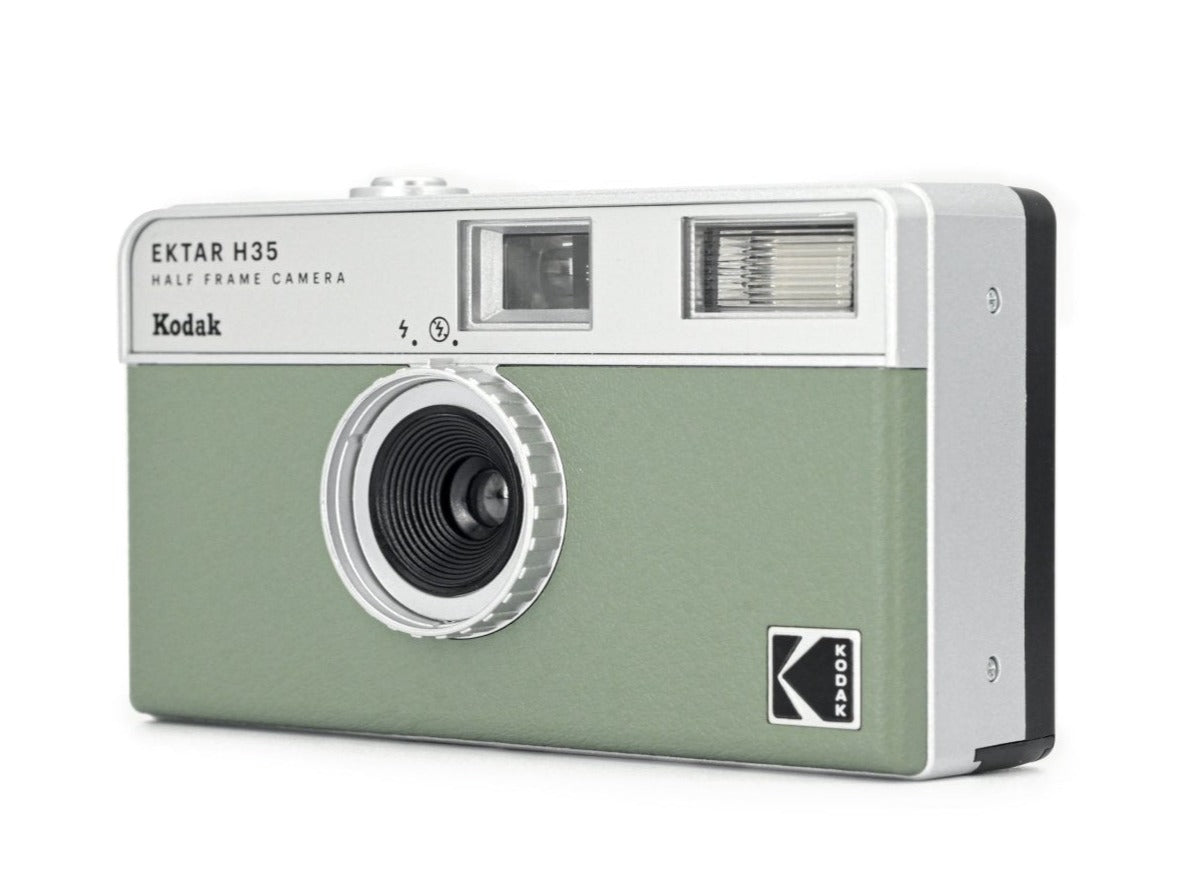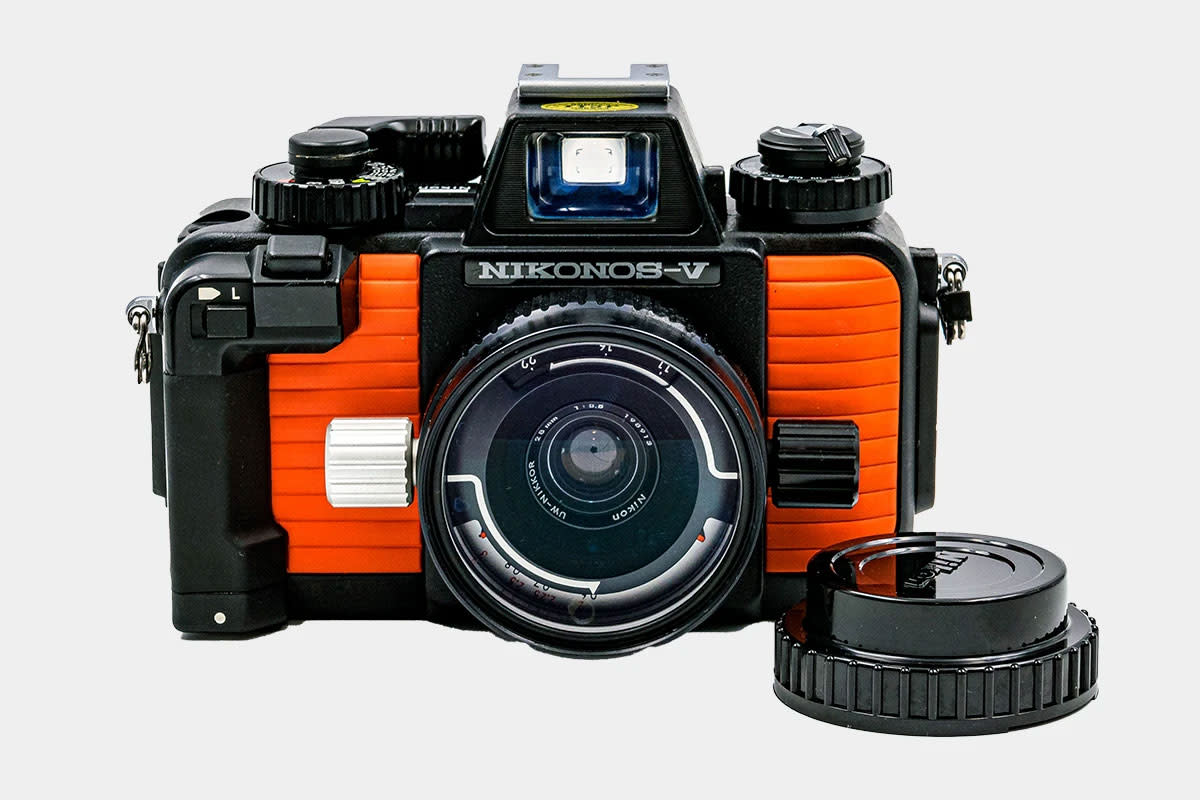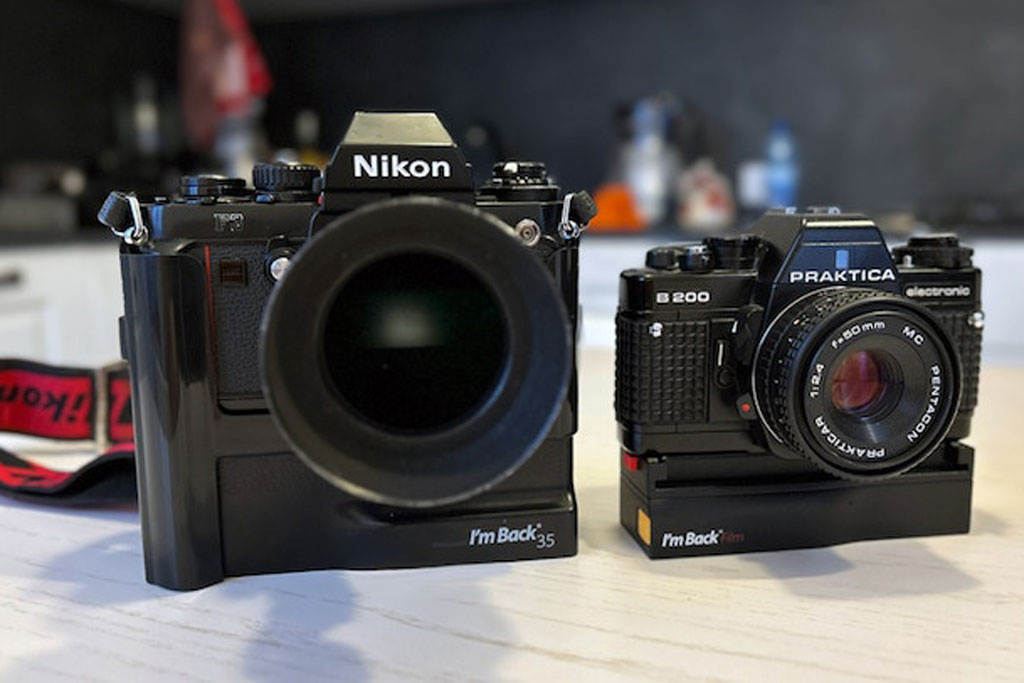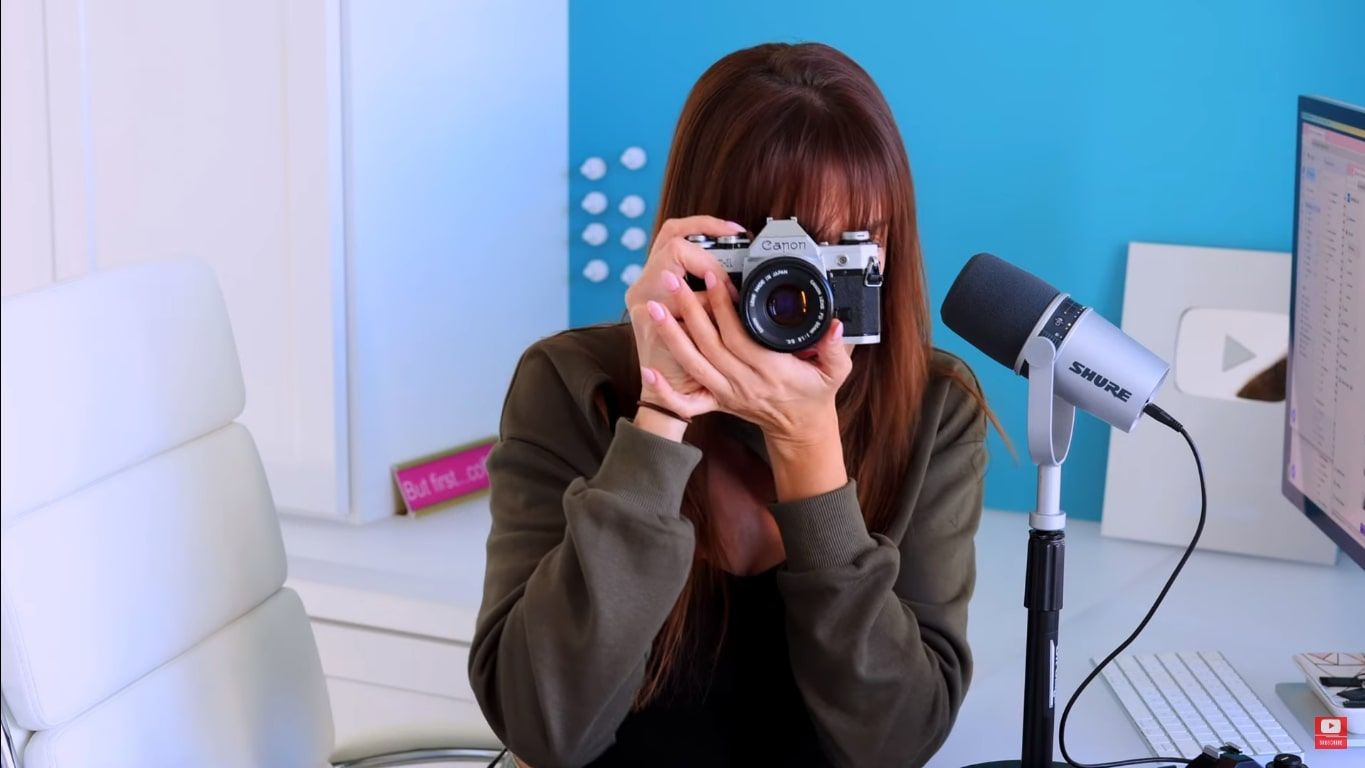In a world dominated by digital media, 35mm film cameras are experiencing a surprising resurgence. This renaissance holds a nostalgic charm and an insistence on the tangible artistry that film embodies. 35mm film, once the staple of photographers around the globe, is making a comeback, not as a relic of the past, but as a celebrated medium in the digital age.
The Lure of Analog Photography
The Tangible Quality of Film
There is a physicality to film photography that digital cannot emulate. From loading the camera to developing the negatives, each step in the process of film photography is hands-on and deliberate. This tactile experience adds a level of personal involvement and craftsmanship to the creation of an image that many photographers find deeply satisfying. The film produces results that are unique, often with an organic quality and warmth that many digital photographs struggle to replicate.
The Slow Photography Movement
In opposition to the instant gratification of digital cameras and smartphones, film photography etches out a niche for the slow photography movement. This approach encourages photographers to be more mindful and considerate of their shots, focusing on composition, light, and subject. Because of the finite nature of film rolls, each click of the shutter is more intentional, which can lead to a deeper understanding of the photographic practice and sometimes a more meaningful collection of images.

Rediscovering the Artistic Roots
Embracing Imperfections
35mm film photography is often as much about the imperfections as it is about the perfections. The grain, the light leaks, and the unexpected color casts are embraced by artists seeking a more authentic or vintage aesthetic. These ‘flaws’ are often what give film photographs their character, setting them apart from the often clinically perfect digital shots.
The Darkroom Experience
The darkroom offers an almost magical experience where photographers can physically interact with the development process of their images. Watching a photo emerge on paper submerged in developing solution is undeniably thrilling. Darkrooms give photographers the ability to manipulate their work in ways digital editing cannot match, offering a hands-on artistic control that many find incredibly rewarding.

35mm Film in Professional Circles
The Choice for Aesthetic and Dynamic Range
Professional photographers often turn to 35mm film cameras for the unique aesthetic that film provides. The dynamic range of film, especially in high-contrast scenes, can surpass that of digital sensors. This allows for the capturing of details in highlights and shadows that might otherwise be lost in digital photography, making film particularly suited for certain genres, such as wedding photography, portraiture, or landscape.
Archival Lifespan and Film’s Depiction of Reality
For archival purposes, well-stored film can last for generations without significant degradation, something digital storage still struggles to guarantee. Furthermore, many purists argue that film conveys a more accurate representation of reality, with a seamless blend of colors and an absence of the pixelation found in digital images. In these respects, film maintains a place in the professional realm for both practical and perceptual reasons.

Cultivating a Community and Market Boom
The Growth of a Film-Photography Community
The growth of social media platforms has allowed 35mm film enthusiasts to connect and share their work with like-minded individuals around the world. Online communities dedicated to film photography have sprung up, providing a space for learning, inspiration, and the exchange of ideas. This sense of community has invigorated the film photography movement, inviting newcomers and supporting seasoned film photographers.
The Surge in Film and Camera Sales
Spurred by the enthusiasm of these communities, there has been a tangible increase in the sales of both film stock and vintage 35mm cameras. Camera stores are seeing a growing demand for analog equipment, and film manufacturers that survived the digital shift are noticing increased production runs. Even some discontinued film types have been revived thanks to the rising interest. This market boom suggests that the allure of film will continue for years to come.

Educating the Next Generation
Workshops and Courses Revive Traditional Techniques
As 35mm film photography enjoys its resurgence, so does the demand for knowledge about traditional photographic techniques. Photography workshops, both online and in person, that focus on film photography basics, darkroom processes, and film development techniques are becoming increasingly popular. Educational institutions and community centers are recognizing this growing interest and are incorporating film photography modules into their broader art courses. This educational revival ensures that the skills and knowledge associated with film photography are passed on to the next generation, keeping the tradition alive and thriving.
The Role of Exhibitions and Galleries
Art exhibitions and galleries have also played a significant role in nurturing the film photography revival. Showcasing work created with 35mm film cameras not only celebrates the medium but also educates the public about the value and distinctive qualities of film-based art. These exhibitions often draw attention to the meticulous processes behind each piece, highlighting the artist’s dedication to their craft. By providing a platform for film photographers to display their work, galleries and exhibitions help to elevate the medium from a nostalgic pastime to a respected art form.

The Future of Film Photography
Embracing Technology While Honoring Traditions
As we move further into the digital age, the future of 35mm film photography looks to be one of coexistence rather than competition. Modern technology offers tools to digitize and share film photographs with broader audiences, marrying the tactile beauty of film with the convenience and accessibility of digital platforms. Hybrid photographers, who utilize both film and digital cameras, are becoming more commonplace, taking advantage of the strengths of each medium to create stunning, multifaceted work. This blending of old and new keeps the spirit of film alive while ensuring it remains relevant and adaptable to the changing landscape of photography.
Sustainability and Innovation
As environmental considerations become increasingly important, the film photography industry is also exploring ways to become more sustainable, from reducing the toxicity of developing chemicals to improving the recyclability of film and canisters. Innovations in film camera design and manufacturing, driven by a blend of nostalgia and modern technology, are expected to continue, potentially leading to more efficient and environmentally friendly film photography practices. These efforts will help ensure that the renaissance of film photography is not just a passing trend but a sustainable, long-term resurgence that respects both the art form and the planet.
In sum, the renaissance of 35mm film cameras is a response to the intangible and sometimes impersonal nature of the digital world. This resurgence is driven by a desire for tactility, a slower, more thoughtful approach to photography, and a craving for the unmistakable character of film imagery. Embraced by hobbyists, artists, and even professionals, 35mm film cameras are here to stay in the digital age, not in competition with digital methods, but in a harmonious and enriching coexistence that celebrates the full spectrum of photographic expression. Through community and commerce, film photography remains a dynamic and evolving medium, even as it holds onto the timeless aspects that make it enduringly compelling.
